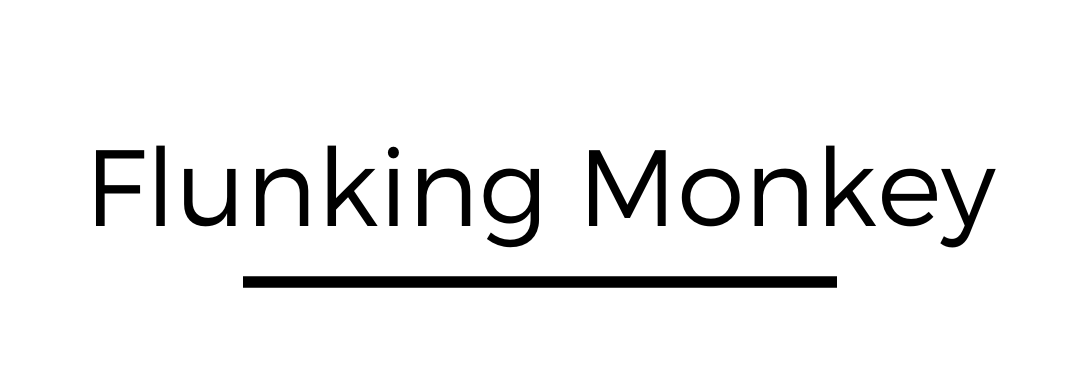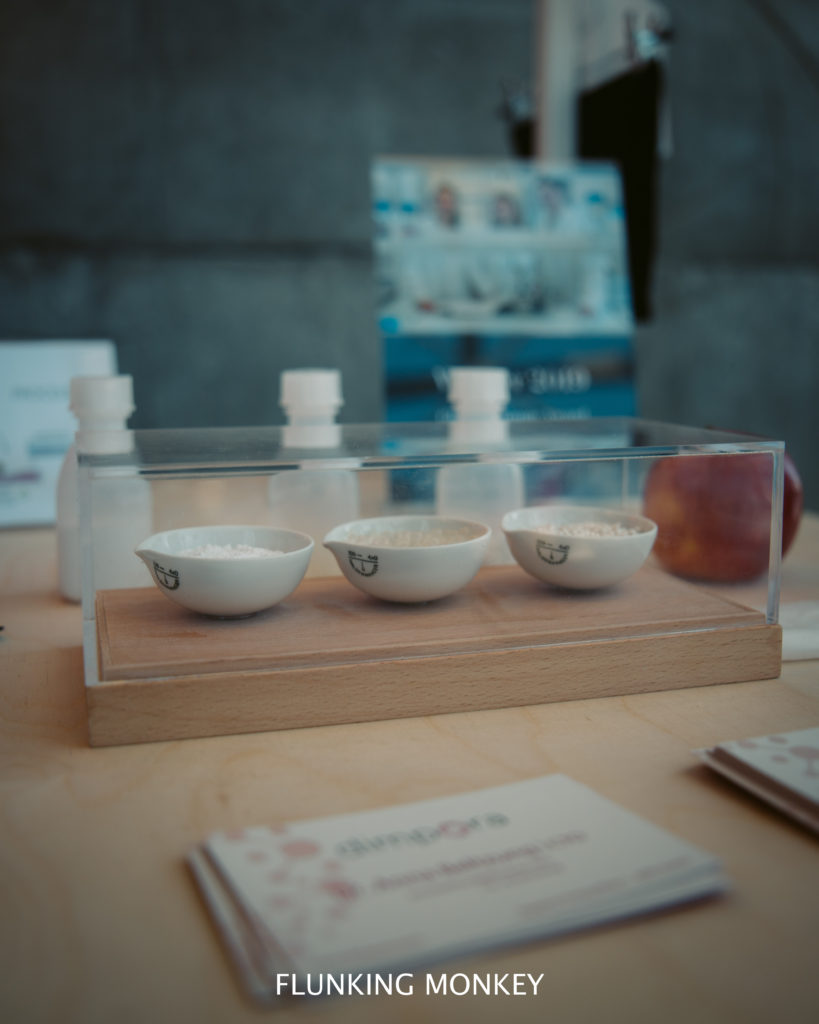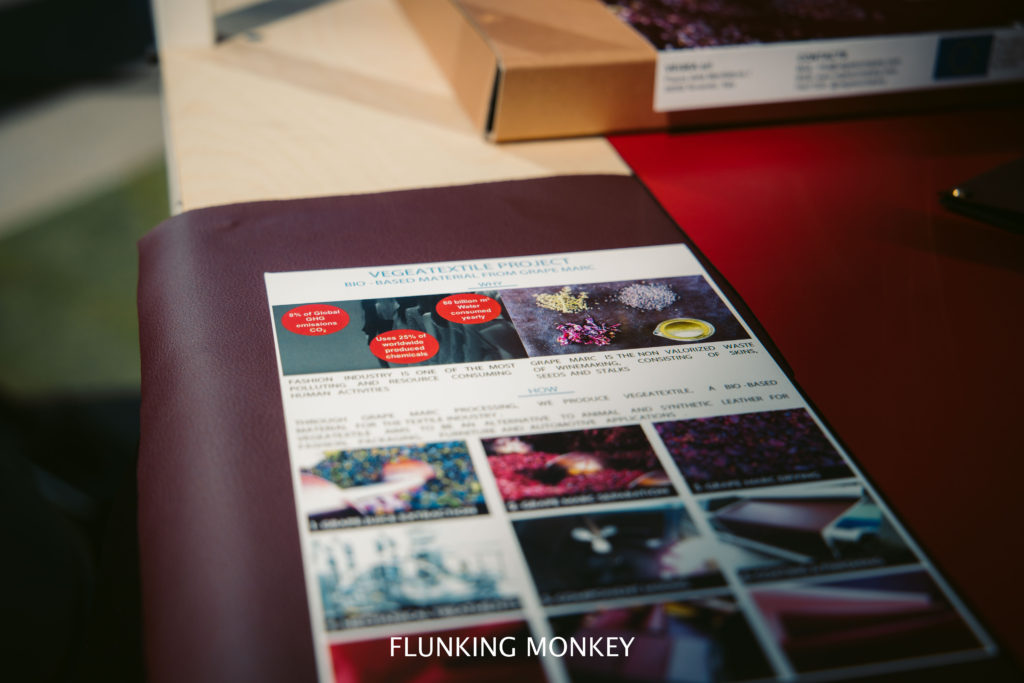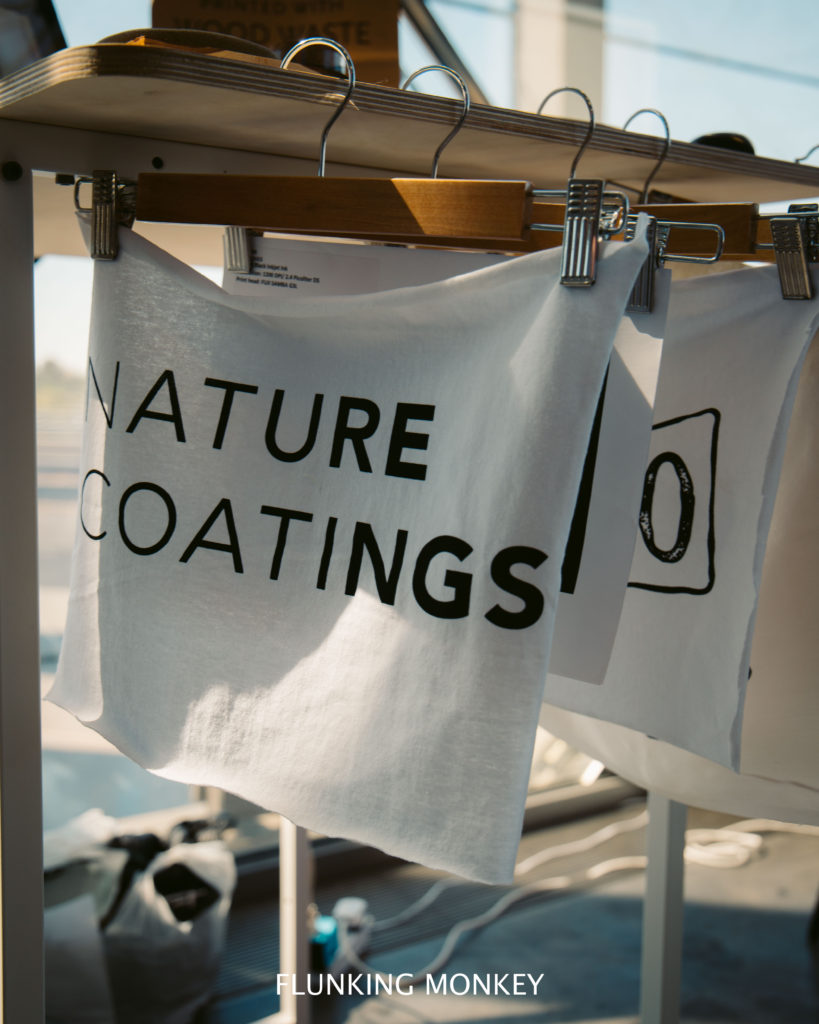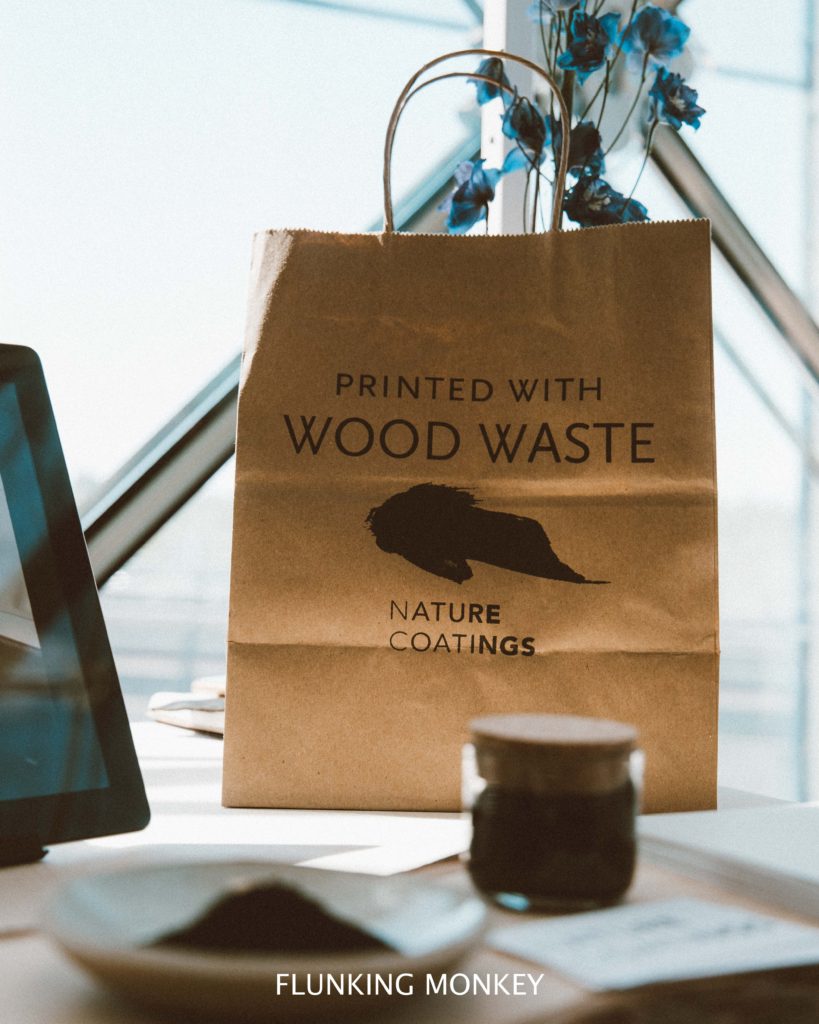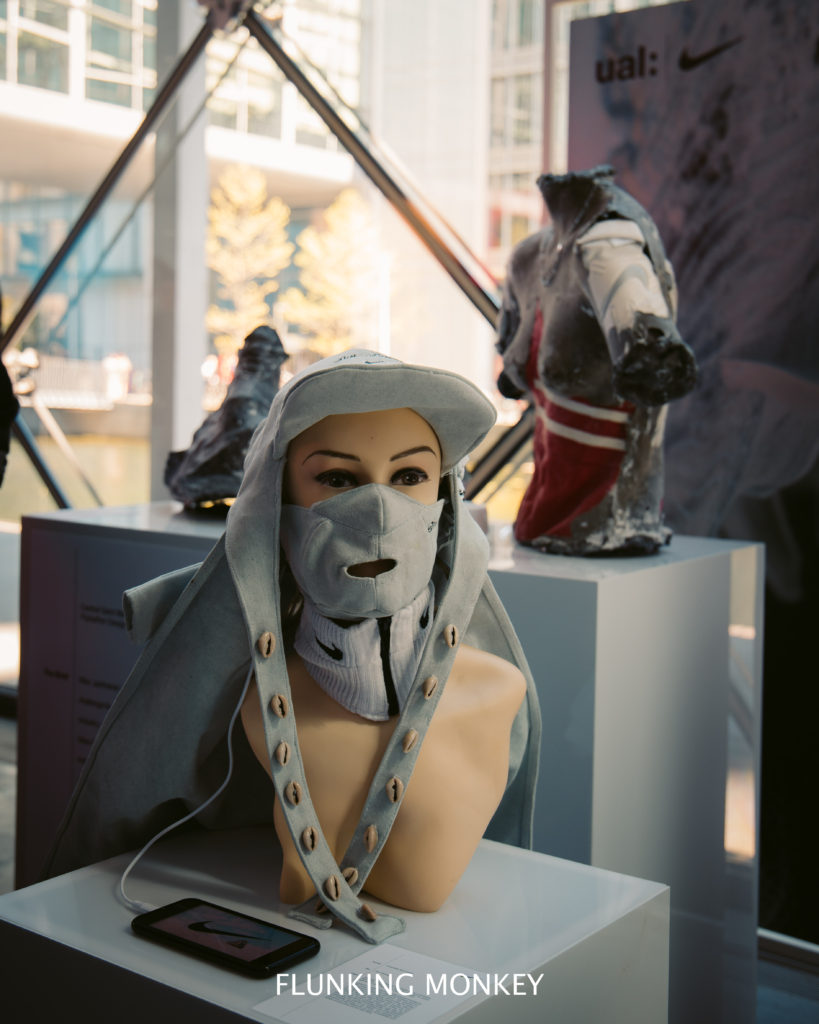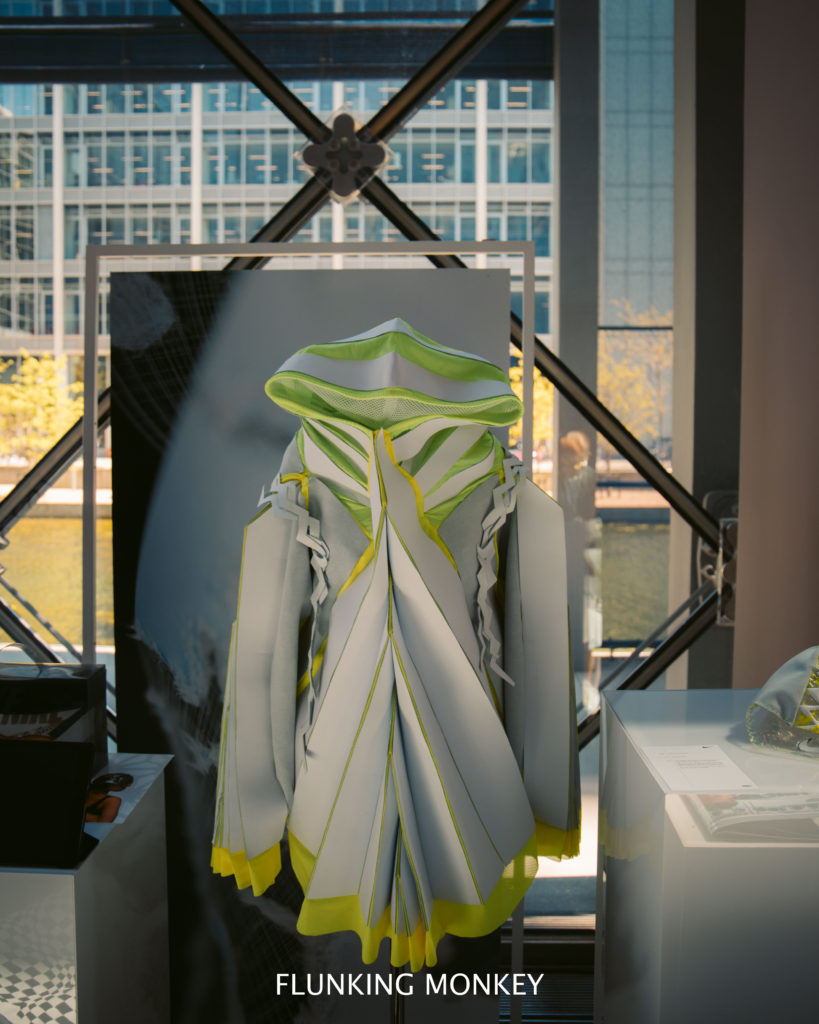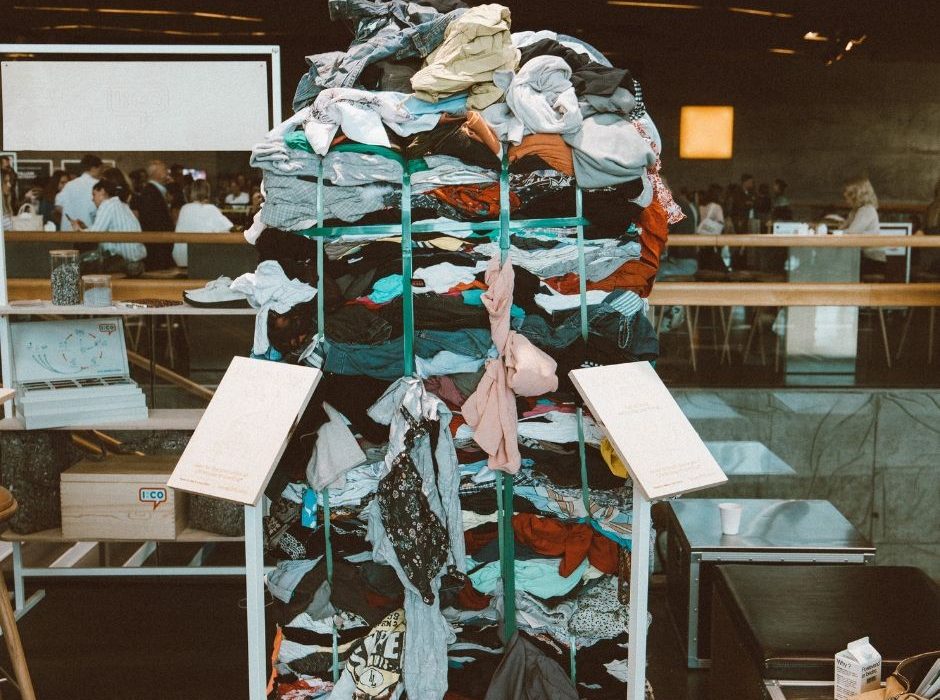
What's In This Article
Every year for the past 10 years, fashion brands, retailers leaders in all aspects of the fashion and apparel industry have met in Copenhagen for the Copenhagen Fashion Summit. Created by the Global Fashion Agenda. A leadership forum for industry collaboration on sustainability in fashion, the Copenhagen Fashion Summit has focused discussions on all things surrounding sustainability in fashion – sustainable clothing brands, ethical clothing, organic clothing, green clothing and the fashion innovations looking to change production and closing the loop leading towards more circularity.
Global Fashion Agenda is the foremost leadership forum for industry collaboration on sustainability in fashion. With a mission to make sustainability fashionable, they guide and support industry leaders in changing the way everyone produces, markets and consumes fashion.
If you’re looking to travel to Copenhagen please make sure to offset the carbon released from your flight. Per person, the average person emits 1.5 tonnes of CO2 per return on a transatlantic flight. You can do this directly by clicking here.
Sustainability In Fashion
Why do we need fashion brands to be sustainable? What’s the difference between Organic Clothing, Ethical Clothing or Green Clothing?
The term sustainability literally means “the ability to be maintained at a certain rate or level.” The reason this terminology is so prevalent right now is due to the current climate crisis the world is in.
The Price Of Fast Fashion? – Copenhagen Fashion Summit
Over more recent years the fashion industry has experienced rapid changes and as a result of this, there is been a huge increase in the prevalence of fast fashion. These changes have drastically impacted the environment. With shorter timeframes on clothing production roughly there are now 20 new garments manufactured per person each year. There has been a 60% increase since 2000 in the amount of clothing we are buying. With each item being worn less and less before disposal leading to decreasing lifespans and higher manufacturing emissions.
This increased consumption and waste is not to be taken lightly. The Textile industry is one of the most polluting industries. Releasing around 1.2 billion tonnes of CO2 equivalent (CO2e) per year in comparison those emissions are more than that of International flights and maritime shipping. 60% of textiles are produced in countries which rely on coal power, such as China and India. Rapid increases in usage of synthetic fibres produced from crude oil, such as polyester, sees more than 706 billion kg of CO2e.
For example, the production of a single polyester t-shirt is equivalent to of 5.5 kg CO2e, compared to 2.1 kg CO2e of that from cotton. Although cotton is not perfect, the crop requires extensive amounts of water and its production has greater impacts on both land and water.
As of 2018 around 5% of total global emissions come from the fashion industry. Due to the slower rising costs of clothing compared to other consumer goods, if production continues at its current rate there by 2050 we would have tripled out resource consumption compared to 2000.
It is estimated less than 1% of material used to produce clothing is recycled within the clothing industry compared to 13% average in other industries. Due to limited recycling options to recover reusable clothing fibres, 60% of all clothing produced ends up in landfill or incineration within a year of production.

Ethical Clothing? – Increasing sustainability in fashion?
When it comes to sustainable clothing brands there are three types of bands which seem to circulate what it means to be sustainable. These are ethical clothing, organic clothing and green clothing items. Now, these all mean different things. In general terms:
Green Clothing
Green Clothing is made from natural materials and ecologically processed. When it comes to apparel green clothing is often made organically from naturally grown plants and processed using non-toxic and harmful materials.
Organic Clothing
Organic Clothing as mentioned above is materials or apparel made from naturally grown materials in compliance with organic agricultural standards. Most often organic clothing may be composed of Cotton, Jute, Silk, Ramie, or Wool. These textiles do not need to be 100% organic for a brand to use the organic label, nor do they have to be processed in a non-toxic or harmful way (differing form green clothing).
Ethical Clothing
Ethical clothing or ethical fashion covers a range of issues. This delves more into welfare and working conditions of workers manufacturing the clothing as well as the harm the item is causing to the environment form growth or production i.e. cotton and animal welfare through manufacturing into distribution and apparel waste (landfill).
Fashion Innovation – Increasing Sustainable Clothing Brands
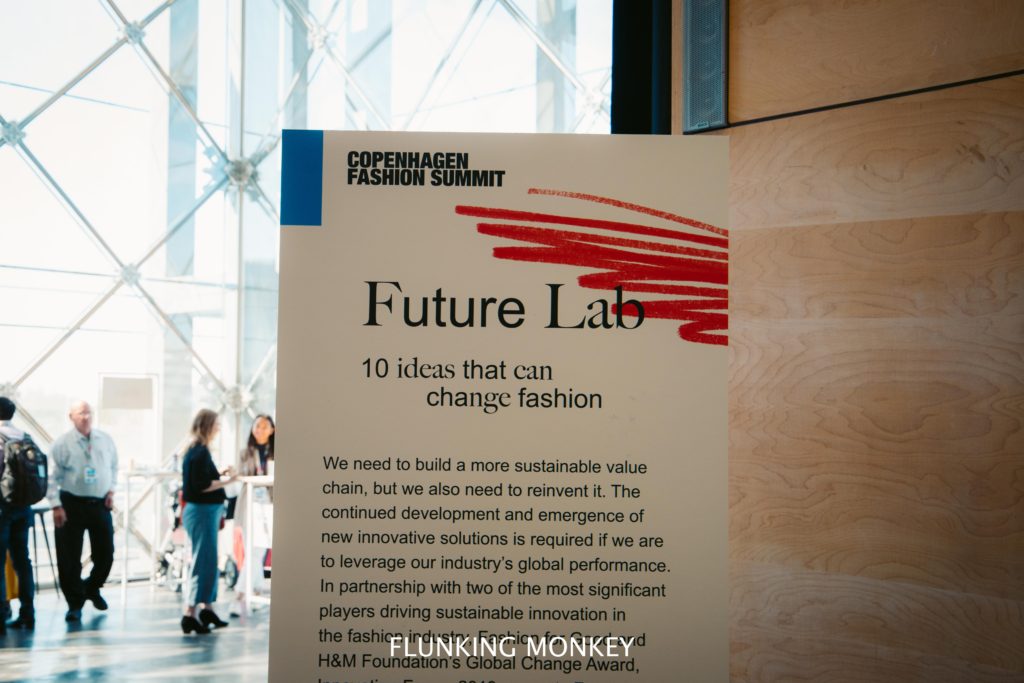
The Copenhagen Fashion Summit plays an active role in shaping the sustainability agenda, linking major manufactures with initiatives within the industry to reduce its footprint.
Here are some of the major sustainable fashion innovations that came out of this years Copenhagen Fashion Summit Future Lab.
Dimpora
Created by two chemical and bioengineers from Zurich. Winner of the 2019 Global Change Awards Dimpora’s vision was to revolutionize the world with sustainability and eco-friendly innovation.
With an increase in the number of people encouraged to and enjoy the outdoors, there has been an upshift in the demand for outdoor and water resistant clothing most of which is created with fluorinated polymers. These polymers have been linked to having strong negative effects on the ozone layer. Currently, there are no alternatives performing as desired by outdoor brands. Dimpora’s mission is to innovate and develop the next generation functional and sustainable high-performance membranes for outdoor enthusiasts.
Their product involves a conventional lamination of the Dimpora membrane onto a textile. The waterproof fluorine-free membrane is mainly based on polyurethane and undergoes a template removal approach to create the necessary porosity, thus achieving excellent breathability. Their process allows the use of biodegradable polymers right away. The template removed from the membrane allows it to breathe while the rain is kept outside due to the internal functionalization. The membrane is one part of a biodegradable laminate, with fabric and adhesive. After the lifetime of the product, it can be directly given back to nature without leaving a trace.
Fashion Innovation leading to more green clothing.
*****
Circular Systems
Transforming waste into valuable products and winner of the 2018 Global Change Awards.
Circular Systems is a clean-tech new materials company that focuses on the development of innovative circular and regenerative technologies. With two waste-to-fibre platforms, Texloop and Agraloop alongside their revolutionary new Orbital Composite Yarn technology Circular Systems offer break-through solutions for the most efficient management of textile/apparel and agricultural waste streams.
At Circular Systems they’re looking beyond zero-waste and toward regenerative impacts for the benefit of nature, society, and economics.
Their Texloop platform focuses on upcycling textile and garment waste into valuable new materials. While Agraloop transforms food crop waste into high-value natural fibre products in a cost-competitive and scalable way, providing sustainable and regenerative benefits. The revolutionary Orbital Hybrid Yarn technology is capable of producing high-performance yarns using recycled fibres, creating yarns which have low pilling, high strength, wicking + fast dry, and abrasion resistance.
Fashion Innovation leading to more green clothing.
*****
VEGEA
Vegea is a start-up developing and engineering technologies and processes based on biomass. They use know-how in order to improve the agro-industry waste management by developing technologies that are able to promote Its recovery rather than disposal.
The Vegea textile project was started in 2016. Looking at the production of bio-based technical textiles from vegetal raw materials and winemaking by-products: grape marc, a fully vegetal raw material consisting of grape skins, seeds and stalks that remain after crushing the grapes during wine production.
They gave grape marc, a huge bio-waste product, from the wine industry new life. With the aim to produce and use these bio-based materials in fashion & design, automotive & transportation and packaging.
Fashion Innovation leading to more green clothing.
*****
Reflaunt
Aiming to bring fashion full circle. With the second-hand market growing 24x faster than traditional retail the consumer is looking for more access to this market. Reflaunt aims to provide brands with the opportunity to embrace the second-hand market without damaging their image, their value proposition and without risking losing consumers.
With a mission to empower brands/retailers to implement a scalable and efficient circular consumption model within their existing activities. Reflaunt’s technology allows brands/retailers to now embrace their new consumers’ behaviour, offering them the chance to resell and repurchase within a closed environment or in an ecosystem, partnering up with second-hand marketplaces.
Allowing online retailers to capture the second-hand market, Reflaunt allows brands to understand what’s happening outside their stores, see the way current and future generations are changing the way they shop. Through this system they want to extend the life of clothing, seeing the reduction of carbon, water and waste footprints by 20-30% by a nine-month extension of one garment.
Fashion Innovation leading to sustainability in fashion through remodelling.
*****
Nature Coatings
Winner of the Future Lab Pitch Stage at the Copenhagen Fashion Summit 2019. Nature Coatings transforms wood waste into high performing black pigments.
Sourcing wood from sustainable FSC certified forests, Nature Coatings transforms wood waste into high performing black pigments using a closed-loop and a circular system. No external energy is required to run the equipment, and their process does not emit any CO2 or other greenhouse gases.
Commonly used Petroleum-based carbon black pigments are both a major source of pollution and a health hazard for all of us. For each kilo of carbon black pigment produced, 1.38 kilos of CO2 air pollution is generated in return. By using Nature Coatings pigment, millions of tons of CO2 can be prevented each year from entering our shared environment. The produced pigments are suitable for multiple applications including, but not limited to, screen printing, rotary printing, digital inkjet printing, coatings, dope dye, airbrush, resin casting and wood colouring.
Fashion Innovation increasing sustainable processes.
*****
Original RePack
RePack is a reusable and returnable packaging service, which allows the delivery packaging to be easily returned and reused. RePack replaces single-use delivery packaging. End-users simply return their packaging by post or directly to the store and can be rewarded for taking part.
They aim to make reuse a service. Available in three sizes, their pouches are designed for soft goods. The packaging is durable, adjustable and folds in letter size when empty. To encourage brand and consumer usage RePack have created a reward scheme by rewarding users for reducing single-use packaging. They support consumers with vouchers of their next purchase or charitable donations and can connect with existing loyalty programs. Not only is the packaging reusable it is returnable worldwide where they are cleaned, replenishment and redistributed for user rewards.
RePack produce 80% less CO2 on average compared to single-use disposable packaging and 100% less trash if used correctly.
Fashion Innovation leading to sustainability in fashion through remodelling.
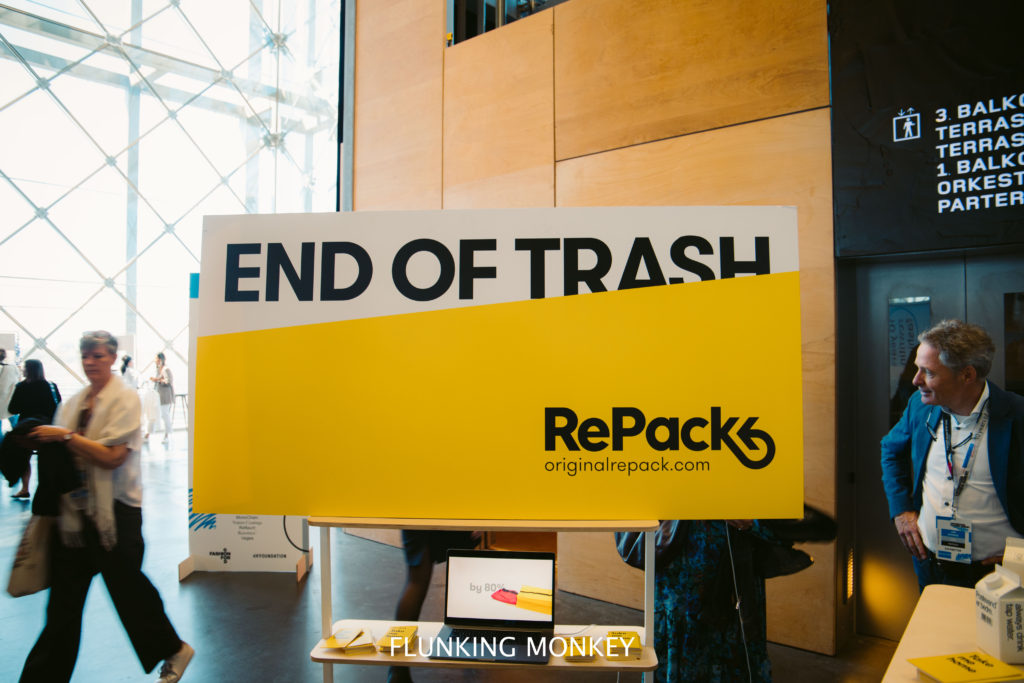
Brands at the forefront – Copenhagen Fashion Summit’19
Raeburn
A self-named brand established by Christopher Raeburn has been pioneering sustainability in fashion as well as intelligent fashion design for a global audience. Founded on the ethos of reworking of surplus fabrics and garments to create distinctive and functional pieces. Raeburn’s “accidental” design model has seen them produce award-winning products with integrity and purpose.
Based on their 4 underpinned R’s RÆMADE, RÆDUCED, RÆCYCLED and RÆBURN. Raeburn’s philosophy since 2001 has been remade, reworking surplus materials, products and artefacts into completely new designs. Their limited designs are developed at the Raeburn lab in London and considered for their impact on the environment. Whether reworking surplus materials, minimising carbon footprint with local manufacturing, or simply producing smaller batches, waste can be reduced. Seeking the most sustainable materials around the globe, and working with responsible manufacturing partners is key to the brand. Alongside fundamental recycling of pre-existing materials and harnessing green technologies in their production process.
Speaking at the Copenhagen Fashion Summit around the topic of fashion designers and creatives holding power in the future of sustainability in the fashion industry. Raeburn spoke of having to push in a responsible way. With designers having an obligation to think about the articles they’re making and bringing that to their consumers in a meaningful way.
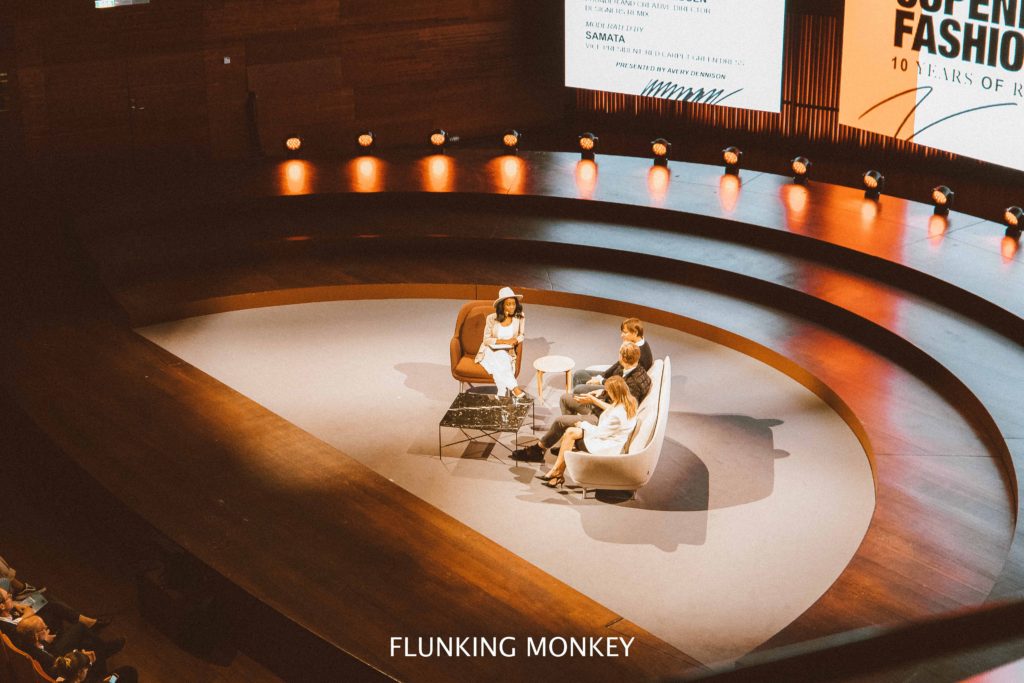
Now also the creative director of Timberland, Christopher Raeburn champions the fact sustainability isn’t a trend, and that people need to change what were fundamentally doing as an industry. Now working with bigger brands he aims to disrupt, magnify and make a difference.
He spoke of brands needing to be more transparent. Raeburn does this by opening its lab space in London. Running workshops to educate and inspire, they found through this process they were receiving a lot of support and questions. This added value allows the brand to learn and do things differently because of the transparent process, suggesting other brands open the door and do the same.
In this hybrid role of the small independent as Raeburn and creative director of global giant Timberland, he is excited to take the 10 years of learnings he’s had with Raeburn and magnify that at Timberland. Timberland has always had a real purpose and Christopher is looking to bring more flexibility as well as a difference on a global scale. Hoping to see a knock on effect via the parent companies other brands such as The North Face.
One of the main issues surround the switch to sustainability is the difficulty when it comes to scaling. How factories can make the switch to producing these garments at a smaller scale, something which Christopher states brands just need to be open about, test and improve. He holds the thought this is all about good design, responsible design and the obligations as creatives to do and go about things in the right way.
Ending by expressing sentiments of how the younger generations do not even have these old process in their vocabulary, with everything being about doing things in the right and the conscious way gives him confidence knowing this is the future.
H&M
H&M’s sustainability ethos is based around looking at where the industry is heading. Estimations such as by 2030 were going to have 8.5 billion people, with ‘two planets’ in relation to consumption use is fueling the changes they want to make.
Knowing the industry has to work to solve that equation. H&M looks to see how they can provide fashion for all those people but do so within environmental boundaries and this really sets the starting point for H&M in what they want to drive when it comes to sustainability
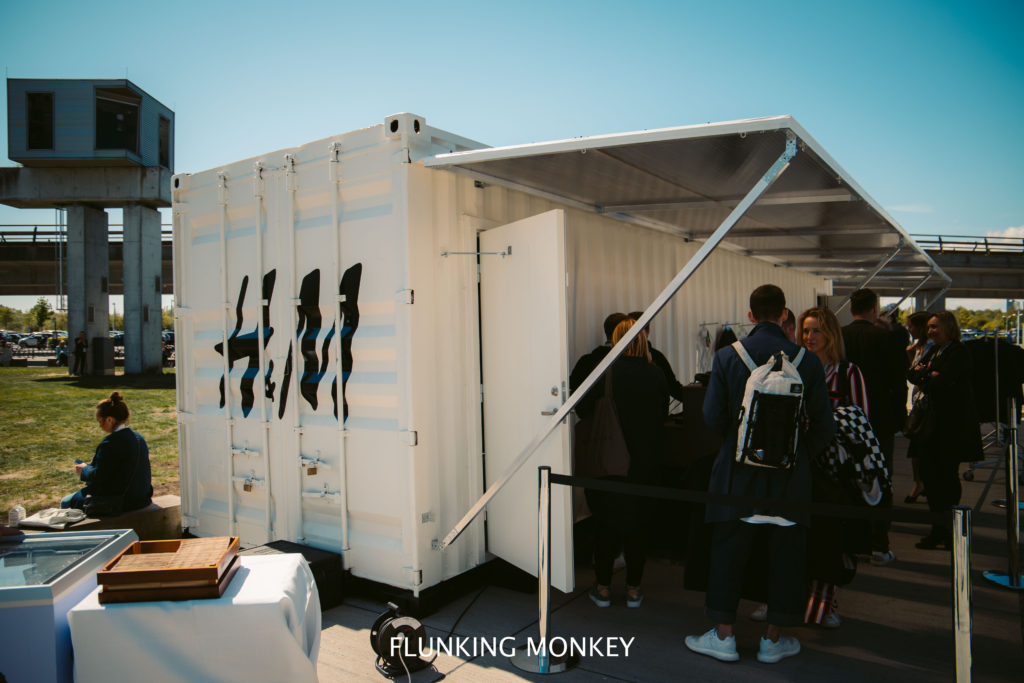
They want to move towards full circularity and encompass moving to fully renewable energy. This goes all the way from design, to the materials that they use, the processes such as water and chemicals, how spending has been used for the consumers has ultimately been put back into the system
Looking at the goals that H&M have set in this area, they are producing product so material is a big input and also they have a big impact. So by 2030 they only want to have recycled or suitably sourced materials. As of today, they are at 57%. They also have a goal around climate, they have a climate positive value chain. A value chain that goes from the cotton farm to the washing machine of the consumers, and by 2040 they want to reduce the emissions the value chain is responsible for. These are their priorities and directors when it comes to the environmental side of production.
They believe to make the above equations work, especially related to the number of people by 2030, we also need to have social development, job opportunities and livelihoods that support that through H&M, their suppliers and collaboration partners. H&M work around wages and working conditions will be critical in this aspect.
Increased trust is what is needed today in the industry along with the convenience for the consumer to make the right choices. H&M believes transparency is a very important and critical segway to make this happen. Having open and honest conversations about product productions and how this takes place. Making it easier for consumers to know “what is my impact”, “How can this be mitigated” and “What can I do to make this happen”. Everything from choosing the right product from being able to mend it, to rent to, to be able to do various things to enjoy sustainable fashion much more easier.
Nike
Nike has already been an industry front runner when it comes to sustainability for a large global brand. Nike Grind, a process involving collecting factory offcuts and putting that back into design and manufacturing is about to hit its 25th year. When it comes to recycling, Nike is the largest consumer of recycled polymer from landfill. Having already diverted more than 6.4 billion plastic bottles from landfill into polyester to create great items like new NBA kits and women world cup kits. Nike Is about to release a circular design guide.
Nike wants to offer an open invitation for dialogue to all brands in the fashion industry to share with them goals Nike have set and learnings that they have created. This portfolio approach they have taken allows designers to access 10 laid out principles. Nike believes starting with a principle, engaging in that principle, practising it in the workshop and workbook believe will advance the knowledge and education.
They want to create a common language between designers and developers, material sources to factories in ways in which they can communicate clearly Nike’s efforts around sustainability. Having a shared commitment, as designers are incredibly important to Nike. They believe design plays a big role to push sustainability to be beyond just function, to be functional, sustainable and beautiful simultaneously. Hoping this invites a higher ambition for design in the world.
Stated to be akin to the Hippocratic oath taken by medical practitioners. They see this circular design guide as a start, and is by no means finished and intend to keep it alive as a learning document for the design community. In the hope that by sharing this information to the world, the world will come back with what works and what doesn’t work, having this be a living document.
Overall this sets a new tone of collaboration, it takes a new stance on the philosophy behind the design. Creating a more holistic landscape, speaking to this idea of cross-collaboration in production from sourcing, companies, mills to ethical ways of producing. Speaking to the new generations to engage them and restructure what design means.
Nike’s ethos surrounding sustainability is that it can look innovative, look technical and look beautiful.
My Consensus From The Copenhagen Fashion Summit 2019
Celebrating 10 years of re-writing fashion, the Copenhagen Fashion Summit brought through its doors leaders and key innovators from around the world to discuss the tricky topic of sustainability in relation to the highly impactful fashion industry. I believe many in this industry want to be doing the right things for the environment and increase their production of sustainable garments. Whether this is full-blown ethical clothing or starting out with more organic clothing production. The will is definitely present, whether this is too late I am unsure.
As mentioned above, you can see just how much environmental damage the fashion industry is the cause of. With many only feeling truly pressured at this point in time to make a huge turning point in their production and the way they and their consumers view fashion. It is difficult to see if enough can be done in time to combat this damage. Speakers at the Copenhagen Fashion Summit often circled around the same topics of collaboration, sharing of materials and knowledge. To ensure there is a collaborative effort in combating these issues so the change required can be implemented by all brands to ensure lasting and permanent positive change. It is hard to know if these collaborations that were spoken about so openly and willingly at the Copenhagen Fashion Summit will ever take place on the scale they need to.
Sustainability in fashion needs to not only increase but it needs to be the only means of production from this point forward. Fashion innovations to create sustainable apparel need to be primarily funded over any other type of garment production. Organic clothing was great for the 00s but now the industry really needs to be implementing plans to see a significant rise in the production of green clothing and especially ethical clothing.
Had the industry set these plans towards green clothing and ethical clothing 10 years ago when the first summit was held, much smaller than the Copenhagen fashion summit today. The industry would not be where it is at today in terms of sheer damage. Not only would sustainability in fashion be a tertiary topic, but sustainable apparel and the likes of ethical clothing would also be an everyday occurrence.
Sustainability in fashion is on the rise, however, were reaching our tipping point. This is the most crucial point we find ourselves in and I truly hope sustainable clothing brands continue rising and ethical clothing alongside sustainable apparel are soon the norm.
Well, I hope you guys found this article with an in-depth look into the Copenhagen Fashion Summit, Ethical Clothing, Fashion Innovation and the future of Sustainability In Fashion helpful!
If you’re interested in being sustainable in more aspects of your life check out my articles on your Environmental Impact and Eco-Resorts!
MonkOut.
Pin This Post And Share The Love.

